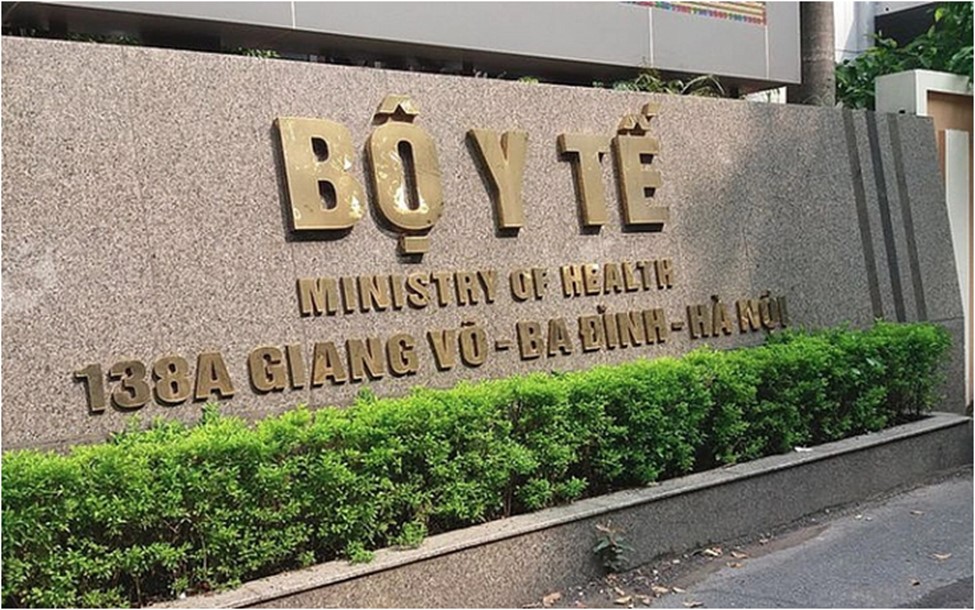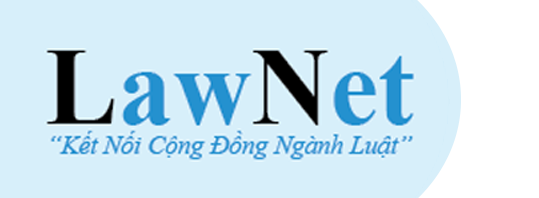Structure of the Digital Competency Framework for learners in Vietnam from February 11, 2025
The following article will provide detailed information about the structure of the Digital Competency Framework for learners in Vietnam from February 11, 2025.

Structure of the Digital Competency Framework for learners in Vietnam from February 11, 2025 (Image from the internet)
On January 24, 2025, the Minister of Education and Training of Vietnam issued Circular 02/2025/TT-BGDDT stipulating the Digital Competency Framework for learners.
Structure of the Digital Competency Framework for learners in Vietnam from February 11, 2025
The structure of the Digital Competency Framework for learners is as follows:
- The Digital Competency Framework for learners includes 6 competence domains with 24 component competencies, divided into 4 levels from basic to advanced across 8 grades.
- Overview of the competence domains:
(I) Data and Information Exploitation: Focused on the ability to search, filter, evaluate, and manage data, information, and digital content; including skills such as identifying reliable information sources, effectively organizing data, and using them to support decision-making or solving problems in a digital environment.
(II) Communication and Collaboration in Digital Environment: Emphasizing the ability to use digital technology to interact, share information, work in teams, and participate in online communities; including skills such as effective communication through digital channels, respecting cultural diversity, managing digital identity, and promoting collaboration in a digital environment.
(III) Digital Content Creation: Focusing on the ability to create, edit, and share digital content; including skills such as developing new content, applying copyright and licenses, basic programming, and integrating knowledge from multiple sources to create suitable and innovative digital products.
(IV) Safety: Concentrated on protecting data, devices, health, and the digital environment; including skills like safeguarding personal information, managing network risks, using technology safely, ensuring psychological and physical health when interacting in a digital environment, and promoting responsibility for digital environmental protection.
(V) Problem Solving: Centered on critical and creative thinking to identify, analyze, and solve problems in the digital environment; including skills like troubleshooting technical issues, learning new technology, adjusting digital needs to achieve goals, and using technology to innovate or solve practical challenges.
(VI) Artificial Intelligence Application: Concentrated on understanding, using, and evaluating AI tools and systems ethically and responsibly; including skills such as recognizing how AI operates, applying AI to practical tasks, assessing the ethical and social impacts of AI, and ensuring transparent, fair, and responsible AI use.
Purpose of using the Digital Competency Framework in Vietnam
The Digital Competency Framework is used to:
- Serve as a basis for developing training program standards; constructing and developing educational programs; developing learning materials, and guidelines to develop digital competencies for learners.
- Serve as a basis for assessing requirements and outcomes regarding learners' digital competencies in educational programs; establishing criteria for testing, evaluation, and recognizing learners' digital competencies.
- Ensure consistency in digital competency requirements for learners; providing a basis for benchmarking or referencing between educational programs and digital competency frameworks.
(Article 3 Circular 02/2025/TT-BGDDT)
Circular 02/2025/TT-BGDDT takes effect from February 11, 2025.
- Key word:
- Digital Competency Framework
- Vietnam
- Number of deputy directors of departments in Vietnam in accordance with Decree 45/2025/ND-CP
- Cases ineligible for pardon in Vietnam in 2025
- Decree 50/2025 amending Decree 151/2017 on the management of public assets in Vietnam
- Circular 07/2025 amending Circular 02/2022 on the Law on Environmental Protection in Vietnam
- Adjustment to the organizational structure of the Ministry of Health of Vietnam: Certain agencies are no longer listed in the organizational structure
- Vietnam aims to welcome 22-23 million international tourists in Vietnam in 2025
-

- Number of deputy directors of departments in Vietnam ...
- 15:04, 05/03/2025
-

- Cases ineligible for pardon in Vietnam in 2025
- 14:43, 05/03/2025
-

- Decree 50/2025 amending Decree 151/2017 on the ...
- 12:00, 05/03/2025
-

- Circular 07/2025 amending Circular 02/2022 on ...
- 11:30, 05/03/2025
-

- Adjustment to the organizational structure of ...
- 10:34, 05/03/2025
-

- Notable new policies of Vietnam effective as of ...
- 16:26, 11/04/2025
-
.Medium.png)
- Notable documents of Vietnam in the previous week ...
- 16:21, 11/04/2025
-
.Medium.png)
- Notable documents of Vietnam in the previous week ...
- 16:11, 02/04/2025
-
.Medium.png)
- Notable new policies of Vietnam to be effective ...
- 16:04, 02/04/2025
-
.Medium.png)
- Notable new policies of Vietnam effective from ...
- 14:51, 21/03/2025

 Article table of contents
Article table of contents
